Perhaps you have been with teachers at your school and heard them talking about using writing workshop in their classrooms, or the principal has told everyone that the school will be using writing workshop in the coming year, or maybe you have been doing some professional reading and have decided writing workshop is what you need to do in your classroom to help your students become better readers. Whatever the reason, writing workshop is on your radar and you need to figure this out! Let’s start by clearly defining writing workshop and then consider how to make it happen.
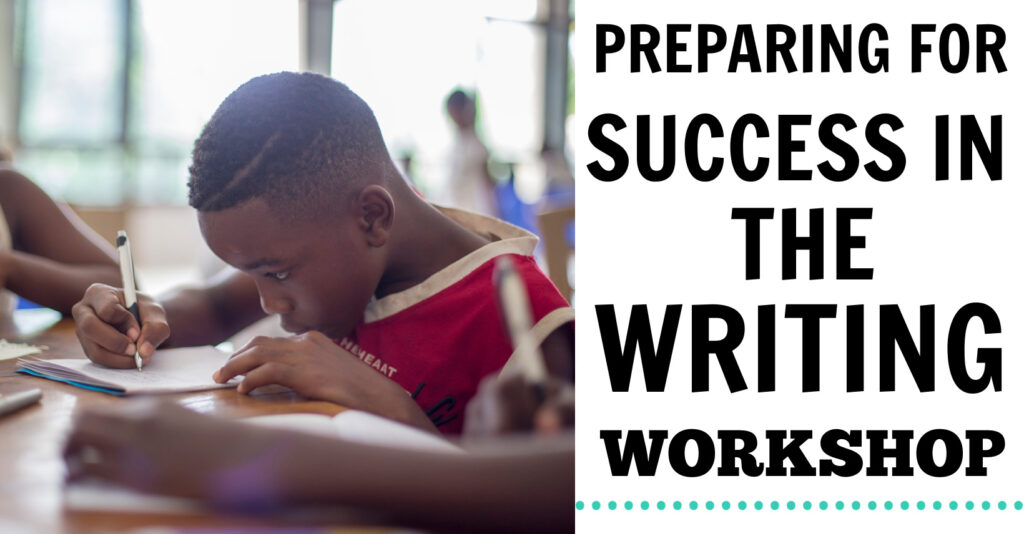
Writing Workshop Defined
Writing workshop is a student-centered framework for teaching writing that is based on the idea that students learn to write best when they write frequently, for extended periods of time, on topics of their own choosing. To develop as a writer, students need three things: a sense of ownership of their writing, guidance from an experienced writer (you), and support from a community of fellow learners. The writing workshop framework is organized to provide writers what they need to develop as they grow into a writing life.
Components of Writing Workshop
The four main components of writing workshop are the mini-lesson, status of the class, writing/conferring time, and sharing. There is not a prescribed time limit for each component, rather they are meant to be flexible and determined by students’ needs on any given day. Let me offer you my description of each component:
1. Mini-lesson (5–15 minutes)
This is the teacher-directed portion of writing workshop. Mini-lessons should be assessment-based, explicit instruction. They should be brief and focused on a single, narrowly defined topic that all writers can implement regardless of skill level. According to Lucy Calkins, mini lessons are a time to bring the whole class in the to raise a concern, explore an issue, model a technique, or reinforce a strategy, in other words, teach toward
a objective in writing for which there is an observed need. Ideas for mini lessons can come from many places. Some teachers follow the scope and sequence of a prepared curriculum or use the state or national standards as a guide but ideally, topics for mini lessons come from your observations as you conference with your students and become aware of their needs.
There are four parts of a mini lesson:
•Connecting (activating students’ prior knowledge)
•Teaching (presentation of the actual skill or topic)
•Active engagement (giving students time for supported practice of the skill)
•Linking (helping students figure out how the topic is related to their individual
writing piece).
2. Status update (1–5 minutes)
Meant to be a quick check-in, status update is a way to find out where your students are in the writing process: pre-writing, drafting, revising, editing, evaluating, or publishing. Status of the class doesn’t have to happen every day and it needn’t take up much class time. It can be a quick verbal check-in around the classroom. Or you may want to use a clip chart, notebook, or a magnet chart. All you are trying to find out is what the writers in your classroom will be doing that day during writing. Personally, I like to teach the
children to do this as a part of their morning routine by just putting their name onto the writing pocket chart under the stage or the writing process where they will be working that day. This helps me to know who might need a conference during the writing time. Below is an example of a pocket chart I’ve used.

3. Writing (15 to 30 minutes in the primary grades)
The majority of writing workshop is devoted to simply giving students time to write. The length of the writing time will depend on the age of your students and their experience as writers. During this time, teachers can either be modeling the process by working on their own writing or conferencing with individual students. In all reality, much of your time will be observing and helping students. A good goal during a typical week of writing
workshop is to aim to work individually with every student in the class at least once. Remember, the main purpose of conferencing is to listen, not to talk. But to prompt your students to share their progress with you, here are a few questions to ask:
•What are you working on?
•Can you read me some of what you have written?
•How is your writing coming?
•Is there anything I can help you with?
•What are you going to do next?
Once your students get the hang of what a helpful conference looks and feels like, theycan use peer conferencing to help one another.
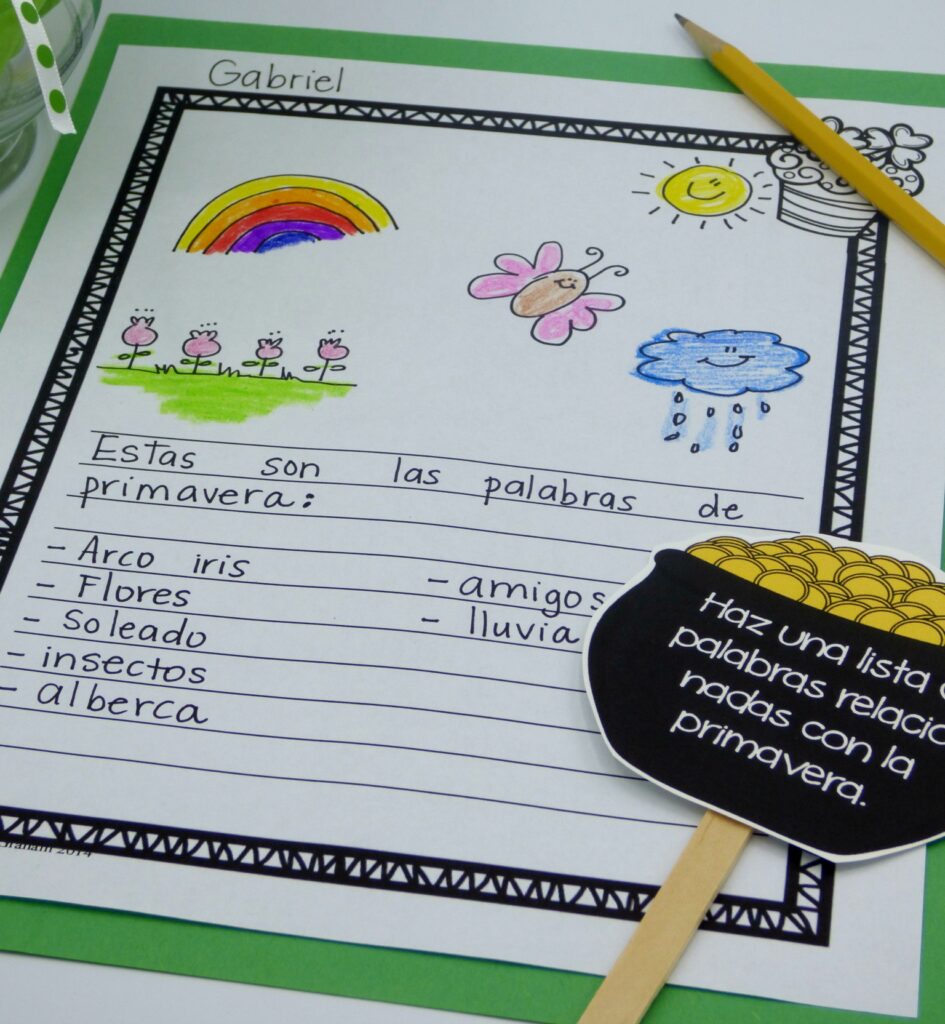
4. Sharing (5–10 minutes)
It can be tempting, when time is running short, to skip this last element of writing
workshop, but don’t! It can be the most instructionally valuable part of the class, other
than the writing time itself. When students grow comfortable seeing themselves as part of
a writing community, they are willing to take more risks and dive deeper into the process.
In addition, kids often get their best ideas and are most influenced by one another. Some
tips to keep sharing time manageable:
•For whole class sharing, keep a running list of who has shared and when.
•Have students share only a portion of their writing, maybe what they consider their best work or a part they need help with.
•Let students share in pairs, one reads aloud and one listens and offers comments.
•Have students swap work and read their partners writing silently and then offering comments.

At first the concept of writing workshop may seem overwhelming. But once you establish your routine, you’ll be surprised how easy it is to implement. Because writing workshop gives students so much time to write, their writing skills will improve dramatically. And hopefully, being part of such a dynamic writing community will instill in your students a lifelong love for writing.
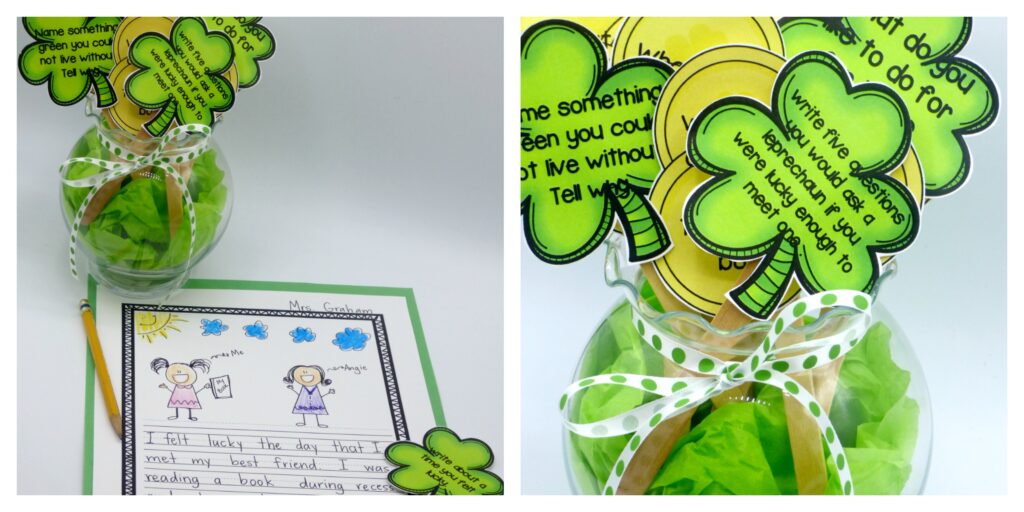


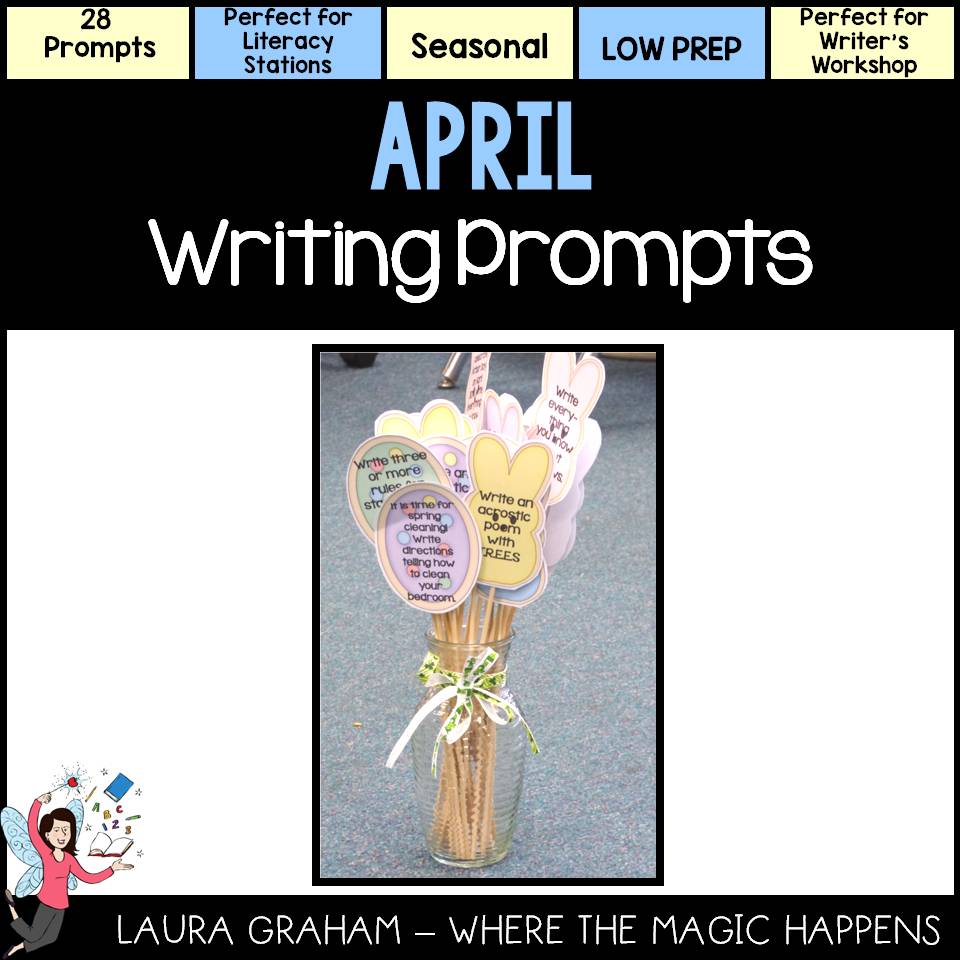
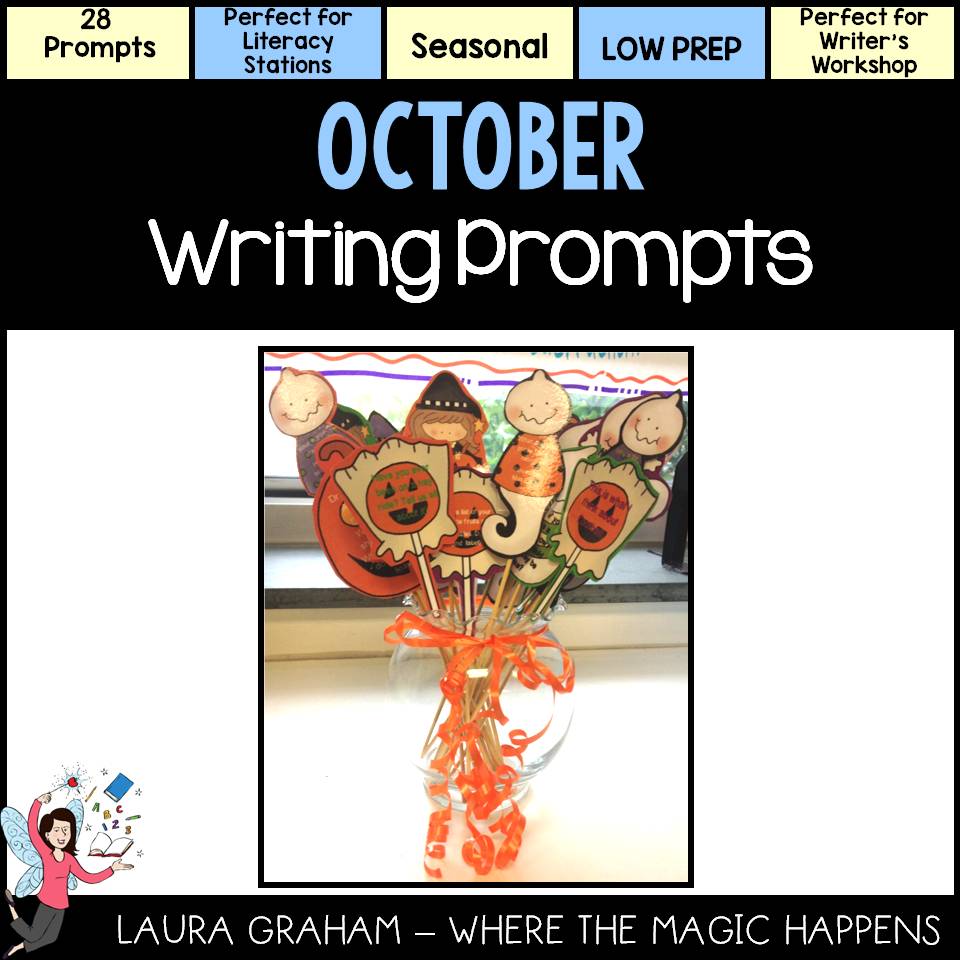
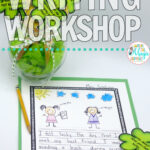
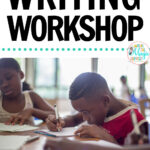
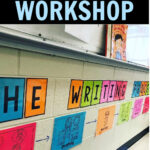
Leave a Reply